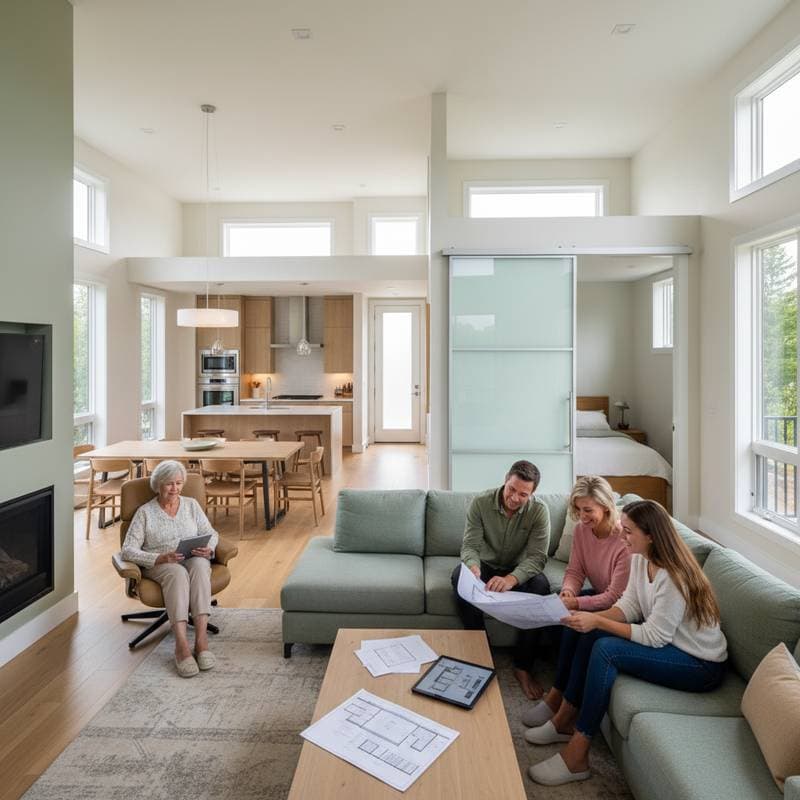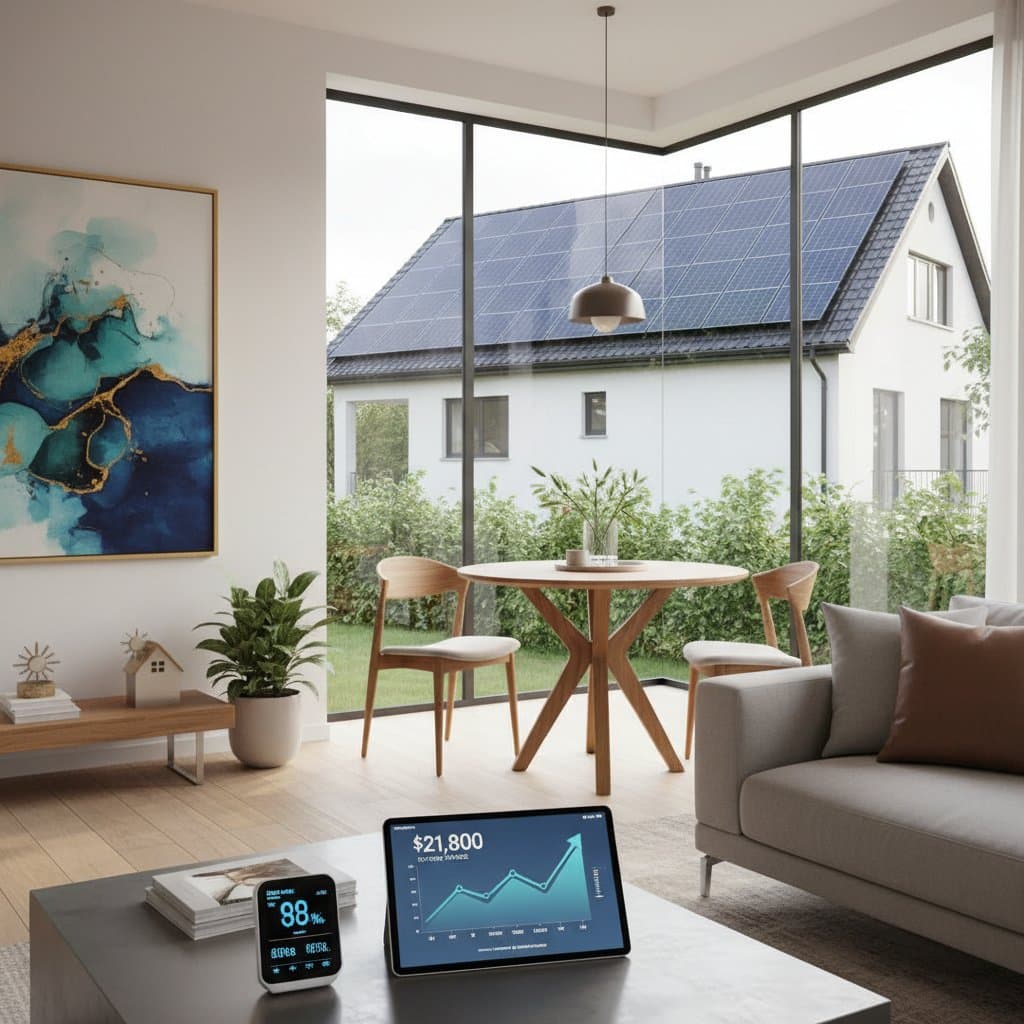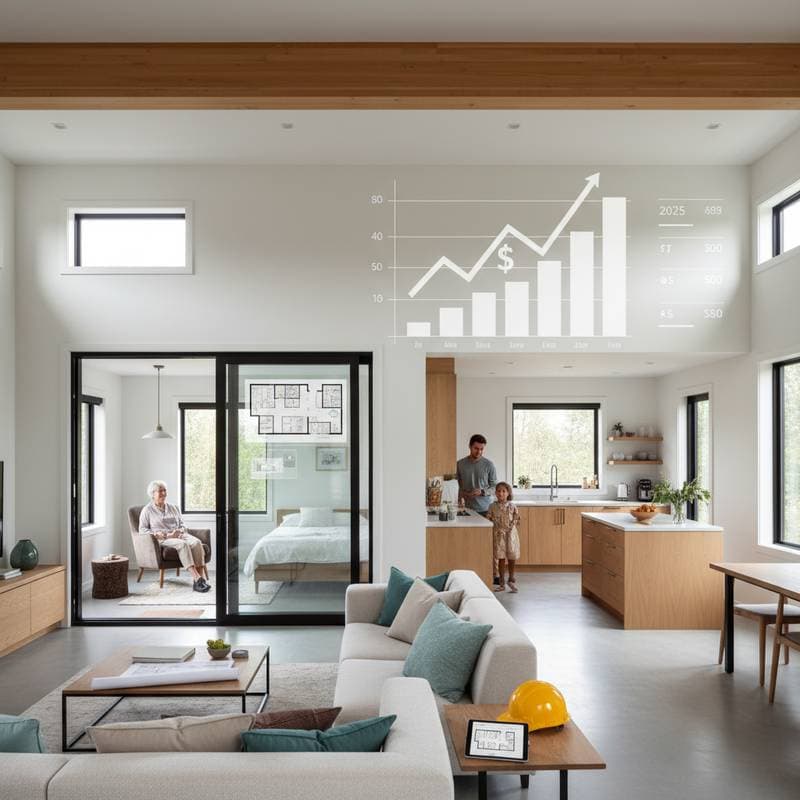2025 Outdoor Kitchens: A 35% Cost Increase and How to Budget Effectively
Outdoor kitchens now cost about one-third more than in previous years, largely because of inflating material prices, limited availability of skilled labor, and growing interest in tailored configurations. Homeowners embarking on backyard renovations must grasp the allocation of funds, opportunities for savings, and scenarios where professional expertise proves valuable. The aim remains to achieve reliable performance, lasting quality, and essential safety features while staying within financial limits.
Essential Components of an Outdoor Kitchen
A well-equipped outdoor kitchen typically divides into three main areas: cooking, preparation, and dining. Fundamental elements include a grill or cooktop, durable countertop, storage cabinets, sink, and optional refrigeration unit. Luxury versions incorporate items such as pizza ovens, bar-style seating, and protective shade elements. Standard installations span 12 to 20 linear feet of counter space, with necessary gas, water, and electrical connections routed securely via underground lines or protective conduits.
Detailed Cost Analysis and Influencing Factors
Expenses for materials and labor fluctuate based on location, yet typical ranges provide a solid starting point for planning.
| Scope Item | Material Cost Range | Labor Cost Range | Total Range | Notes on Drivers |
|---|---|---|---|---|
| Base framing and finish | $1,500 - $4,000 | $1,800 - $3,500 | $3,300 - $7,500 | Options like masonry, tile, or metal framing affect durability and aesthetics |
| Countertops | $1,000 - $2,500 | $800 - $1,200 | $1,800 - $3,700 | Choices such as granite, concrete, or porcelain influence weight and maintenance |
| Grill and appliances | $2,000 - $6,000 | $300 - $800 | $2,300 - $6,800 | Variations in fuel sources and brand reliability impact performance |
| Utilities (gas, water, electric) | $1,200 - $3,000 | $2,000 - $4,500 | $3,200 - $7,500 | Trenching depth and proximity to the main house determine complexity |
| Patio and structure | $2,500 - $6,000 | $2,000 - $4,000 | $4,500 - $10,000 | Materials like pavers, poured concrete, or pergola frames add foundational support |
Basic projects managed through DIY efforts can begin around $6,000. Professional mid-level setups generally range from $15,000 to $25,000. Elaborate custom designs featuring stone veneers and comprehensive utility integrations often surpass $40,000. This 35% escalation stems primarily from elevated stainless steel pricing, increased shipping fees, and extended wait times for contractors.
Sequential Guide to Construction
- Plan the design and utility paths. Outline locations for gas and electrical lines while verifying compliance with local setback requirements.
- Establish the foundation. Pour a concrete slab or lay pavers, maintaining a level surface with a slight 1/8-inch-per-foot slope to facilitate water runoff.
- Construct the framework. Employ galvanized steel studs or concrete blocks to withstand exposure to moisture.
- Integrate utilities. Install gas lines equipped with accessible shutoff valves and position GFCI-protected outlets adjacent to wet areas.
- Apply finishing layers. Secure cement board, install veneers, and fit countertops for a cohesive appearance.
- Secure appliances and fixtures. Verify all connections function correctly prior to sealing any gaps.
- Finalize with protection and cleanup. Apply weather-resistant sealants to prevent discoloration and structural damage.
Experienced teams typically finish the project in two to three weeks after materials arrive on site. Those tackling it independently may require six or more weekends to complete.
Key Safety Considerations, Permits, and Regulations
Permits become necessary for any gas, water, or electrical modifications in outdoor kitchens. Local jurisdictions often mandate GFCI outlets, proper bonding for metal components, and a minimum 10-foot clearance from buildings with flammable exteriors. Assess frost line depths prior to excavation. Select flexible gas connectors specifically approved for exterior environments. Failure to adhere to these standards may invalidate homeowner insurance policies and introduce significant fire hazards.
Common Errors That Inflate Expenses
- Positioning the kitchen excessively distant from the home, which escalates trenching and utility extension fees
- Opting for unsealed porous stones, resulting in persistent stains and premature deterioration
- Overlooking adequate airflow beneath integrated grills, which can cause dangerous heat accumulation
- Proceeding with slab work without code verification, potentially necessitating costly corrections or penalties
- Failing to calculate sufficient electrical capacity for various appliances, leading to upgrades later
Long-Term Maintenance Routine and Expected Durability
Incorporate regular seasonal cleaning, yearly sealing applications, and routine checks on gas lines and electrical safeguards. Well-maintained stainless steel grills endure 10 to 15 years. Sealed stone countertops and paver-based patios readily last beyond 20 years. Address replacements for degraded gaskets, ignition components, and connection fittings promptly.
Structured Maintenance Schedule:
- Post-Installation Phase: Inspect for potential leaks and apply initial joint sealants.
- Seasonal Intervals: Clean all surfaces thoroughly and examine burner elements for wear.
- Yearly Reviews: Reapply sealants to stone features and validate electrical safety devices.
- At Component End-of-Life: Swap out primary appliances and refresh grouting or surface finishes as required.
Guidelines for Choosing Professional Help Over DIY
Apply these decision criteria to evaluate your approach:
- Assess Personal Skills: Determine comfort levels with framing, tiling, and elementary plumbing tasks.
- Evaluate Safety Implications: Proceed only if gas or electrical connections remain absent.
- Verify Tool Resources: Confirm access to essentials like a masonry saw, precision level, and weather-resistant power drill.
Should any criterion fall short, engage certified professionals for high-risk elements while managing cosmetic finishes personally. Combined strategies, such as pros handling utilities and owners completing cabinet installations, frequently yield savings of 15 to 25 percent.
Project Readiness Assessment
Before starting, review this checklist to confirm preparedness:
- Secure all required permits and schedule inspections.
- Measure site dimensions and mark utility routes accurately.
- Source materials suited to local climate conditions.
- Budget for contingencies at 10 to 15 percent above estimates.
- Arrange waste disposal and temporary workspace protections.
- Consult a professional for complex utility integrations.
Achieving Your Outdoor Kitchen Vision
By addressing cost drivers early and prioritizing durable choices, homeowners can navigate the 2025 price increases effectively. Focus on modular designs that allow phased expansions, ensuring the space evolves with your needs. This investment not only enhances daily living but also boosts property appeal for years ahead.



